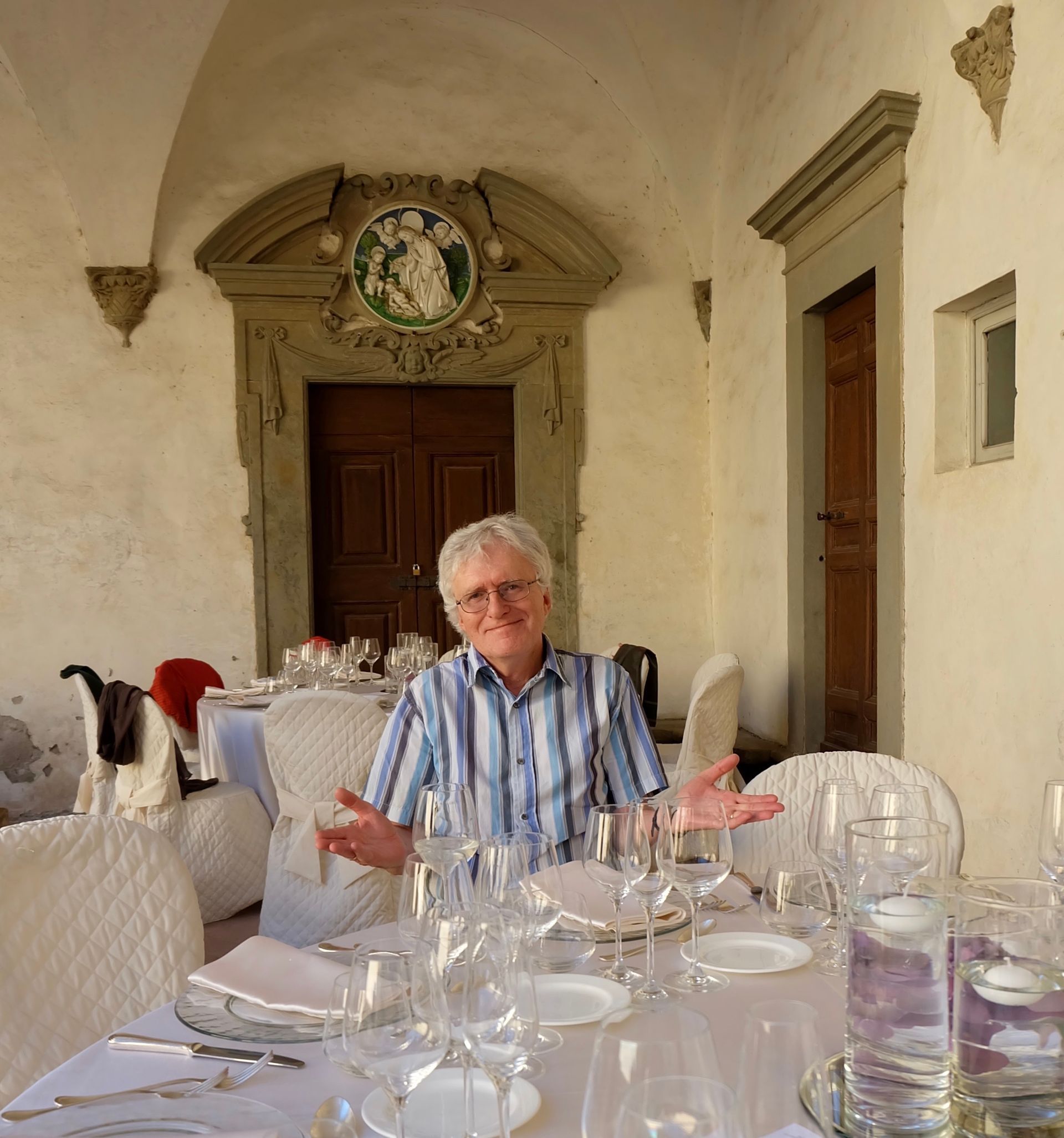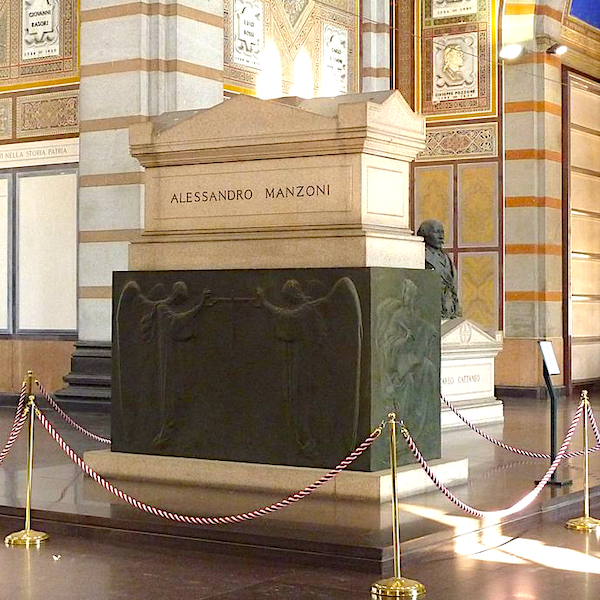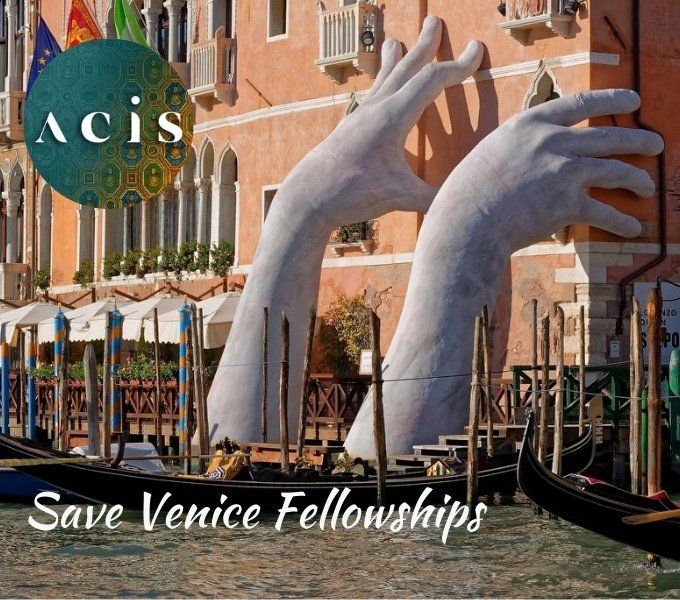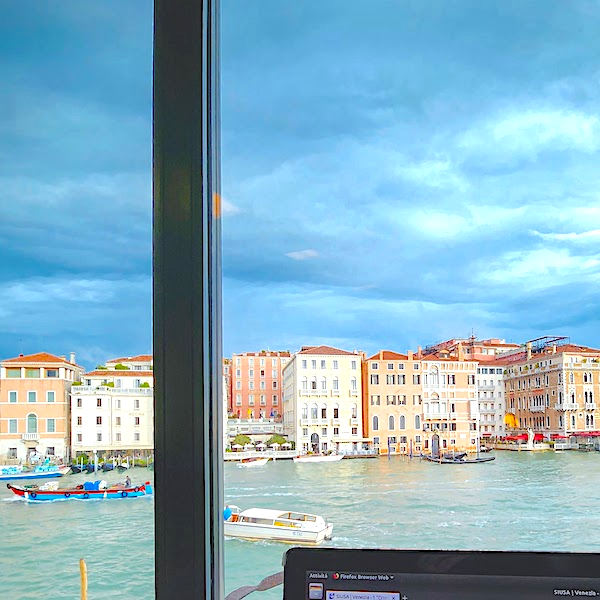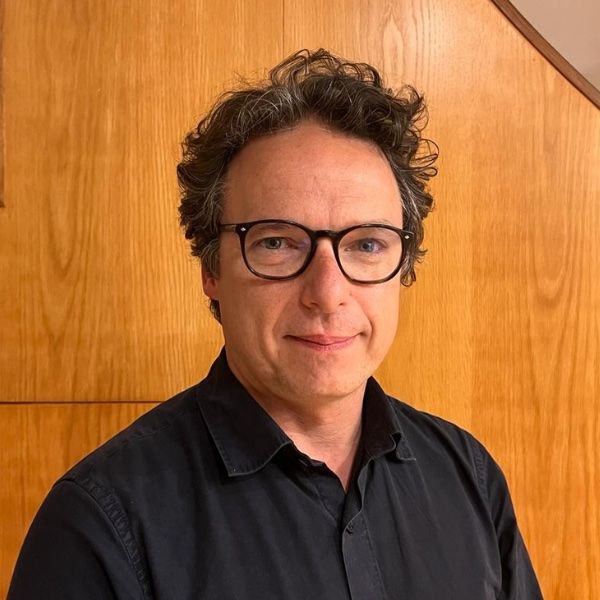Ghost Towns, Awake! Futures for Italy’s Abandoned Settlements
Kristen Sloan University of Wollongong
Craco, Basilicata, Abandoned 1963
The increasing number and visibility of abandoned places throughout the world, coupled with a significant change in the way space is perceived in contemporary societies, has sparked a growing global conversation about re-using abandoned elements of the built environment. In the past ten years thousands of projects have emerged around the world that involve mapping and ‘re-purposing’ abandoned places, notably the ‘re-awakening’ of entirely deserted villages. Italy is of particular interest here. It has at least 5838 historically valuable ‘ghost towns’ of which 2831 are either completely abandoned or at serious risk of extinction. The loss for the former inhabitants and for the collective memory embodied in the lost communities is severe. Their requalification for contemporary use has become an urgent task.
Torri Superiore
One of the features of many contemporary re-use projects is a strong focus on function, beauty and profit at expense of authenticity, history, and cultural identity. Inappropriate or short-sighted interventions risk severing present and future generations from a sense of identity and the cultural traditions of the past. In fact, such a strong emphasis on the need to make abandoned places practically useful and aesthetically pleasing for contemporary users risks sacrificing the more complex offerings of abandoned places and ignores the painful reality of the abandonment process. My research investigates how and why groups and individuals (many of whom have no historical connection to the places in question) have embarked on projects to recuperate and restore abandoned Italian villages and use them for contemporary projects. I aim to identify key voices in the discussion and understand what, and for whom the benefits of recuperating abandoned villages may be. My case-studies include the ecological community of Torri Superiore in Liguria, the Associazione Nazionale degli Alberghi Diffusi in Abruzzo, the abandoned town turned film set; Craco in Basilicata and ‘Paraloup’ in Piemonte; a previously abandoned hamlet re-awakened as a historical convention centre. I shall also be looking at four public initiatives that provide funds to aid the protection, promotion and development of small villages that have been certified as having architectural, historical or natural patrimony.
Pentedattilo
The research relates to the universal issue of people’s relations to the built environment and addresses the transnational issue of how to use abandoned villages constructively in an economic and ecologically sustainable way without destroying their heritage. It also deals with the question of how today people look to preserve and learn from unique cultural heritages that risk being destroyed or forgotten. A better understanding of such issues means that we can begin to map the ways in which changing expectations and experiences of ‘place’ ‘space’ and ‘resources’ in the contemporary world have allowed people to imagine and interact with abandoned places in more meaningful and sustainable ways.
